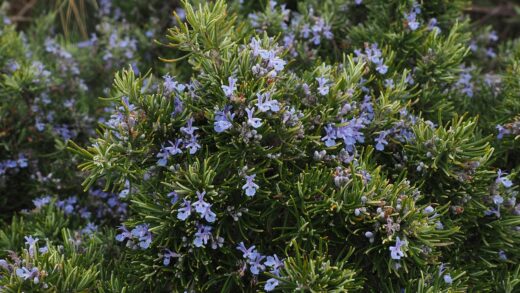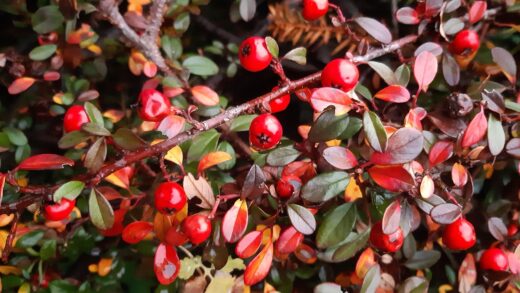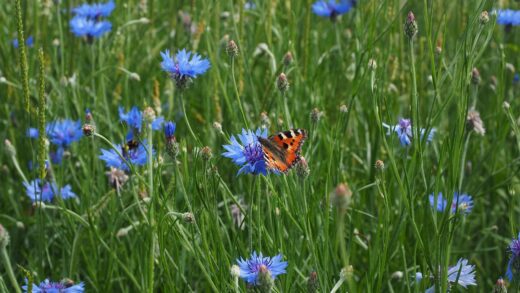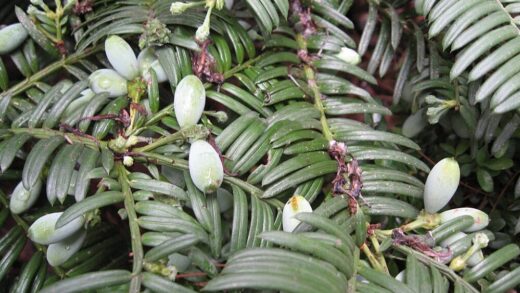The ZZ plant is renowned for its low-maintenance nature, and this extends to its pruning needs. Unlike many other houseplants that require frequent trimming to maintain their shape and encourage new growth, the Zamioculcas zamiifolia has a naturally tidy and upright growth habit. Its slow growth rate means that a major pruning is rarely necessary. However, there are times when trimming is beneficial, either to remove a damaged or yellowing stem or for aesthetic purposes. Understanding when and how to prune is key to keeping your plant healthy and looking its best.
The purpose of pruning
The primary reason to prune a ZZ plant is to remove any unhealthy or unsightly stems. As the plant ages, or if it has been overwatered, some stems may begin to yellow or turn brown. These damaged parts of the plant are no longer productive and can be removed to improve the plant’s overall health and appearance. A yellowing stem will not turn green again, so it is best to simply cut it away. Removing it allows the plant to focus its energy on new, healthy growth rather than trying to sustain a dying stem.
Another reason for pruning is to manage the plant’s size and shape. While the ZZ plant has a naturally compact form, an older plant may become a bit too large for its space or a stem might grow in a direction you don’t like. Trimming can help you control the plant’s overall shape and ensure it remains a visually appealing addition to your home. This type of pruning is more for aesthetic purposes than for the health of the plant.
When to prune
The best time to prune a ZZ plant is during its active growing season, which is typically from spring through early fall. The plant is more resilient during this time and can heal more quickly from the cuts. Pruning in the winter, when the plant is in a state of dormancy, is not recommended. The plant’s slow metabolism means it will be much slower to recover from any cuts, and it can be an unnecessary stressor. It is best to wait for the first signs of new growth in the spring before you take out your shears.
If you are only removing a single yellowing leaf or a minorly damaged stem, you can do this at any time of year. However, for a more significant trim, such as cutting back a few healthy stems for propagation or to reduce the plant’s size, it is best to wait for the warmer months. This will ensure the plant has the best chance of bouncing back quickly and producing new growth in response to the pruning.
More articles on this topic
Proper pruning technique
Before you begin pruning, it is crucial to sterilize your tools. Using a clean, sharp pair of scissors or pruning shears will prevent the spread of diseases and ensure a clean cut, which helps the plant heal more quickly. You can sterilize your tools by wiping them down with rubbing alcohol. It is also important to remember to wear gloves when handling the ZZ plant, as its sap contains calcium oxalate crystals, which can cause skin and eye irritation.
When you are ready to make a cut, you should always cut the stem at its base, right where it emerges from the rhizome. Do not cut a stem in the middle, as this can leave an unsightly stump that will not produce new growth. Cutting at the base allows the plant to focus its energy on the remaining stems and encourages new growth from the rhizome. The cut stem can be used for propagation. After you have finished pruning, you can discard the removed stems or use them to start new plants.
What to expect after pruning
The ZZ plant is a slow grower, so you should not expect to see new growth immediately after pruning. It can take several weeks or even a few months for a new stem to emerge from the rhizome. The new growth will typically be a bright, light green and will slowly darken as it matures. It is important to be patient during this time and to continue with your normal care routine. It is also a good idea to avoid fertilizing immediately after pruning, as this can be too much for a plant that is recovering from a cut.
Pruning a healthy ZZ plant can actually encourage it to become more full and bushy over time. By removing an older stem, you are signaling to the plant to produce a new one. This process, when done correctly, can help revitalize an older plant and give it a more vibrant appearance. The key is to be conservative and not to cut away too much at once.


















